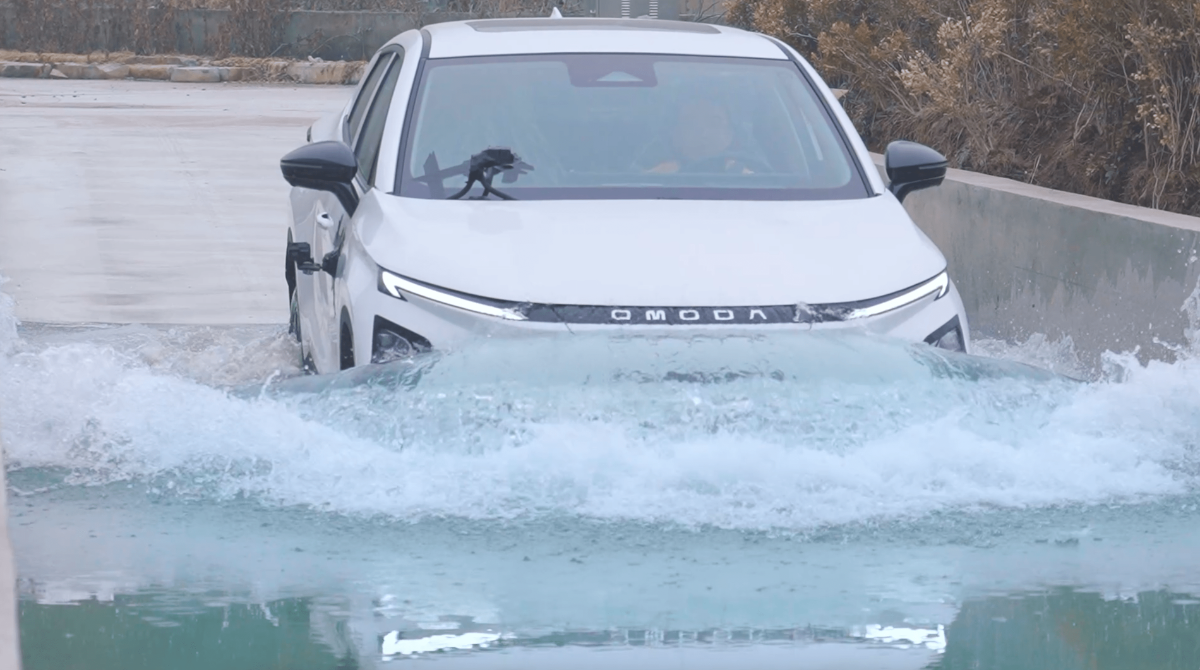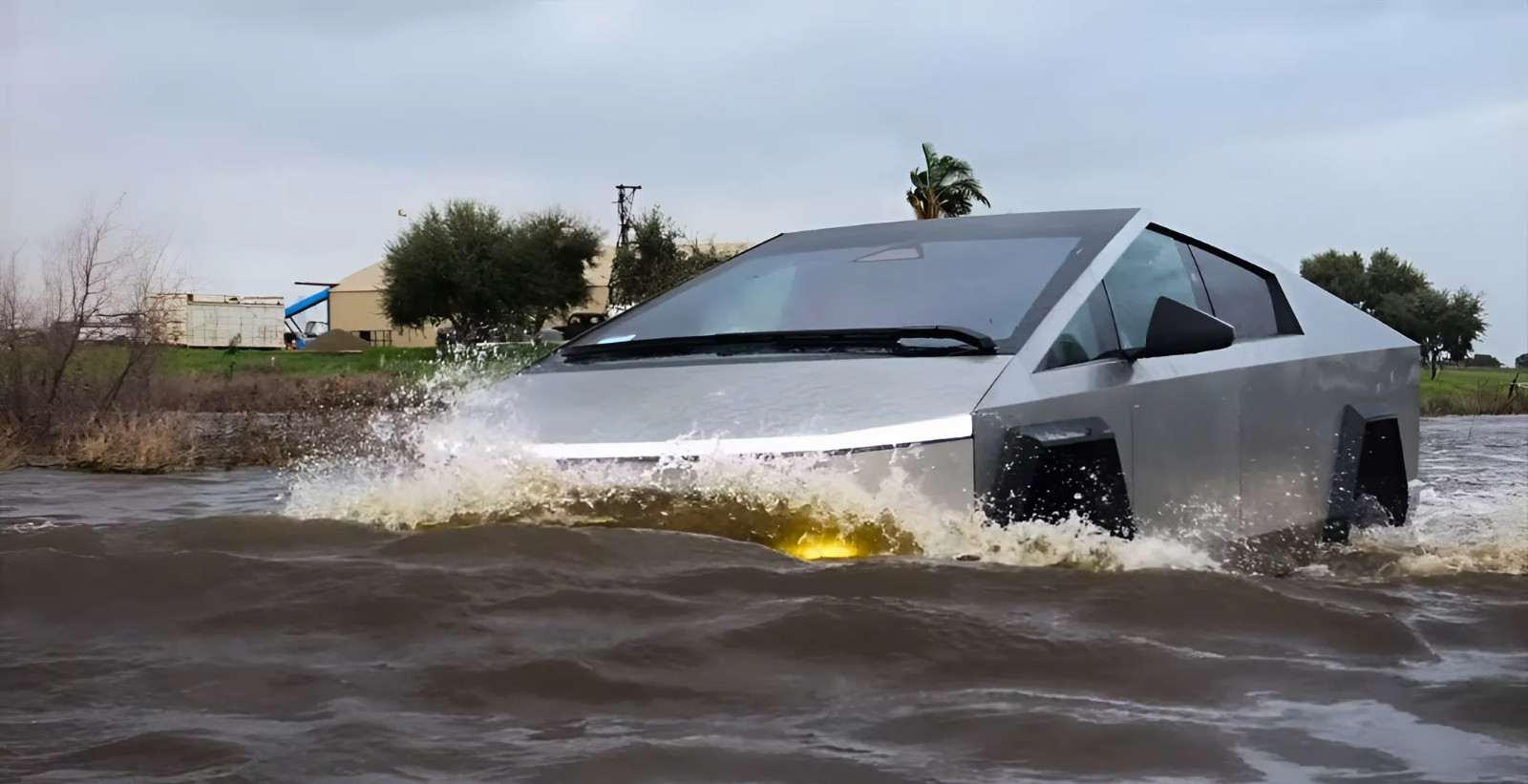Many major cities across the country are entering the rainy season. Flooding on the roads still occurs when there is too much rain. For those using electric vehicles, please note the following risks.

Currently, Vietnam has entered the rainy season, not only Hanoi but also Ho Chi Minh City has continuous days of heavy rain, many places have flooding, making it difficult for vehicles to move.
If a vehicle using an internal combustion engine enters a flooded area that is too deep, the risk of water hammer is very high, but with electric vehicles, users do not have to worry about water hammer, but there are still many potential risks when operating in conditions of heavy rain causing flooded roads.
Risks of using electric vehicles in the rain and flooded roads
Unlike vehicles using internal combustion engines where water can enter the intake manifold, leading to the risk of hydrostatic shock and engine damage, electric cars only use a battery pack and an electric motor, which are usually placed under the vehicle. These two important components have water resistance standards to help the vehicle stay safe when entering deep flooded areas.
Although electric cars are water-resistant, prolonged exposure to water can still cause damage to electrical and electronic components such as engine control systems, braking systems, lighting systems, etc. Water can wet the battery electrodes or connectors in the controller, causing short circuits or power outages, reducing the life of the battery and other important components.
Modern electric vehicles today all have dust and water resistance standards of IP65, IP67,... or higher for important parts such as electric motors, battery sources,... In theory, these dust and water resistance standards still cannot completely prevent water, so drivers need to be careful not to "soak" the vehicle in water for too long. However, the battery pack inside the electric vehicle is still designed with many layers of protection, with the ability to insulate, thereby somewhat minimizing the risk of electrical leakage.
Similar to the battery pack, although the electric motor is also designed to be water resistant, submerging it in water for too long can also lead to water seeping into the motor, causing damage and costing a lot of money to repair.
Furthermore, using electric cars in heavy rain and deep flooded roads also causes water to seep into the body parts, many impurities and dirt will stick to the metal parts causing rust and reducing the life of rubber seals around the doors, trunk, etc. This not only causes unsafety for users but also makes the car lose value when wanting to resell.
In general, when using electric vehicles in heavy rain, deep flooding,... damage may not appear immediately but will come slowly, users will spend a lot of time and money on inspection and repair.
How to drive and maintain electric vehicles after heavy rain and deep flooding?
The most important thing for electric vehicle users is to find out how much water the vehicle can wade through. Normally, electric vehicles today can wade through water from 300mm or more. Knowing the wading ability will help the driver judge and consider the route.
When driving through flooded areas, you should drive slowly to avoid creating large waves that can cause the water to splash onto surrounding vehicles, especially motorcyclists. In addition, drivers should also keep a safe distance from other vehicles to avoid collisions and make it easier to control the vehicle.

As mentioned, current dust and water resistance standards cannot completely resist water. If an electric vehicle is submerged in water for too long, it will affect the internal electronic components and parts. For example, with the IP67 dust and water resistance standard, it can only effectively resist water at a depth of 1m for about 30 minutes. Therefore, escaping from a deeply flooded area is the top priority.
After driving through heavy rain and deep water, it is extremely important to check and maintain electric cars to ensure safety and maintain vehicle performance. First, take the car to a reputable garage or service workshop for a comprehensive inspection, especially the electrical components and battery pack. The technician will assess whether there is water seepage inside, and check the engine control system, brake system and lighting system to detect and promptly fix any problems that may occur.
In addition, wet parts should be dried immediately to avoid rust and damage to important components. Regular inspection and maintenance after exposure to water will help prevent long-term damage, reduce repair costs and ensure the vehicle is always in the best operating condition.
VN (according to Vietnamnet)